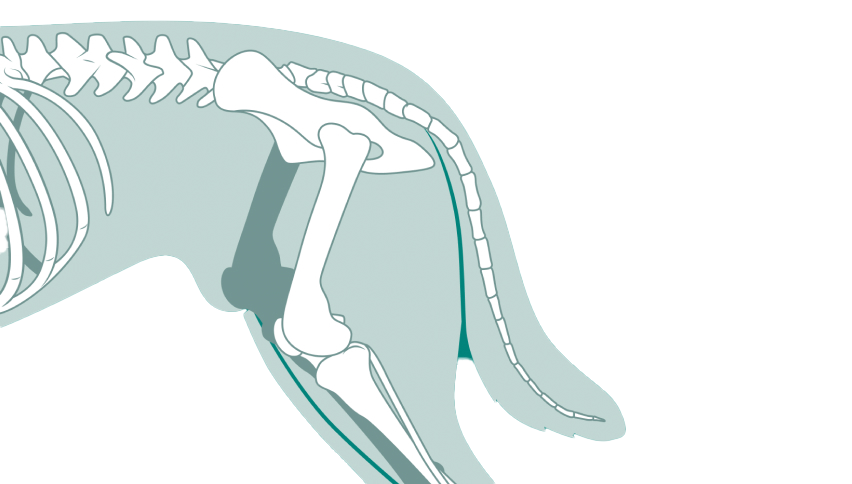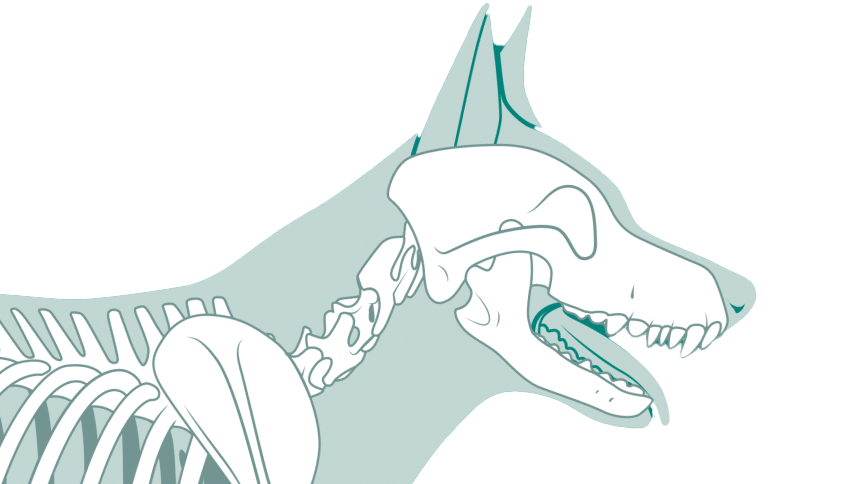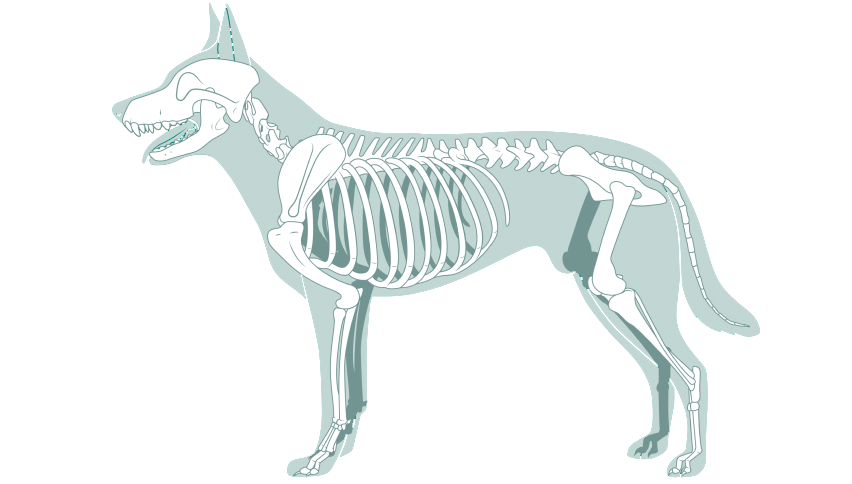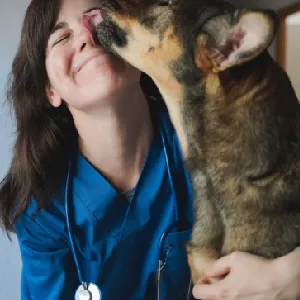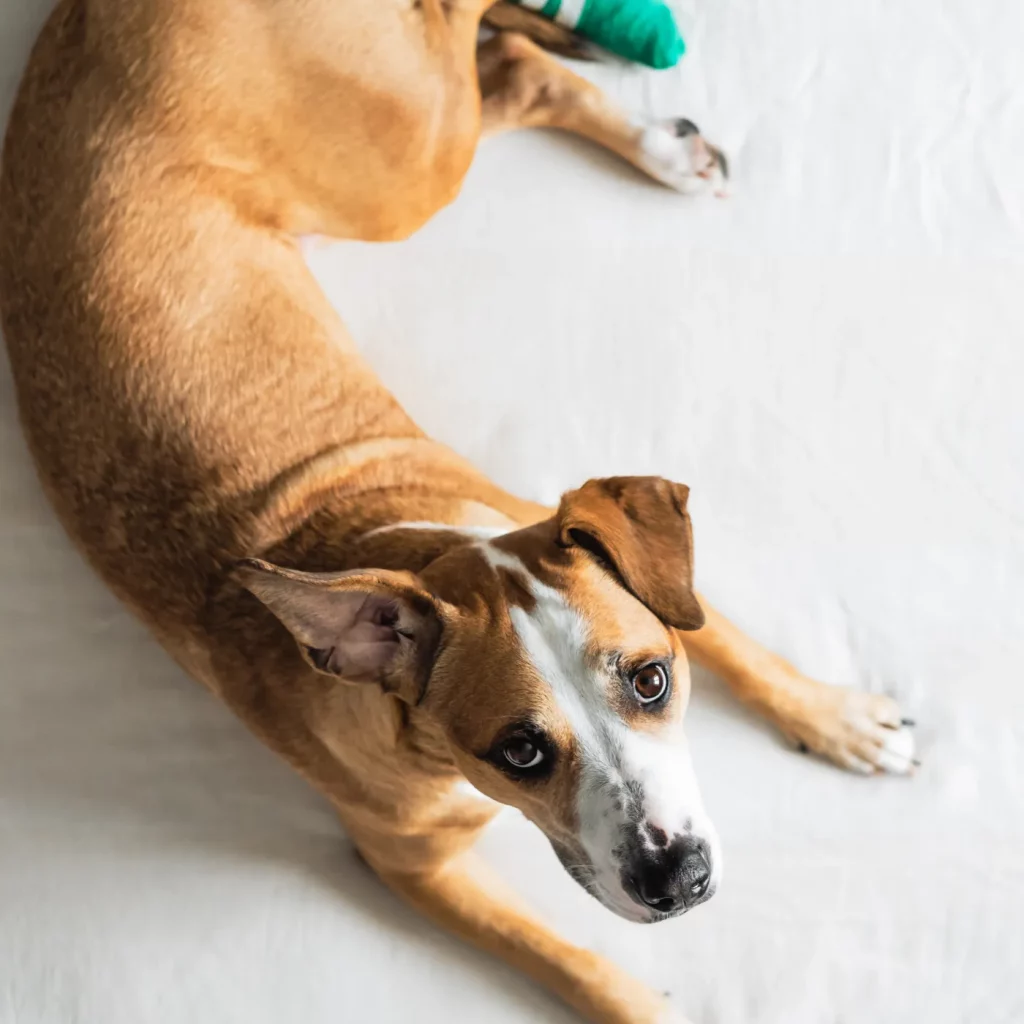The tarsus, or hock, is a complex joint composed of multiple small bones and ligaments. Injuries to the central tarsal bone are often caused by falls, car accidents, or twisting injuries, leading to fractures or luxation (dislocation). These injuries disrupt the joint’s stability, causing significant pain and impairing the pet’s ability to walk. Surgical repair is essential to restore the anatomical alignment of the joint and prevent long-term complications such as arthritis or chronic instability.
The surgical approach depends on the severity and type of injury.
- Fracture Repair:
For fractured central tarsal bones, the surgeon uses screws, wires, or plates to realign and stabilize the bone fragments. This ensures the bone heals in its correct position, restoring the integrity of the joint. - Luxation Repair:
In cases of luxation, the joint is carefully repositioned, and the surrounding ligaments are reinforced. Internal fixation devices, such as screws or plates, may be used to maintain stability during healing. - Bone Grafting:
If there is significant bone loss, a graft may be used to fill gaps and promote healing. Advanced imaging techniques guide precise placement of implants, ensuring the best possible outcome.
Central tarsal bone repair is recommended for pets with:
- Trauma-induced fractures or dislocations.
- Chronic instability or lameness linked to tarsal injuries.
- Breeds predisposed to ligament injuries, such as sporting or working dogs.
This procedure is particularly effective for active pets whose lifestyles demand stable, functional joints. Older pets with pre-existing conditions may require additional considerations to ensure a safe and successful outcome.
If you suspect your pet has a central tarsal bone injury, contact our surgical team for a comprehensive evaluation. Diagnosis involves advanced imaging, such as X-rays or CT scans, to assess the extent of the damage and determine the best treatment approach. Pre-operative care ensures your pet is in optimal health for surgery.
Post-surgical recovery includes:
- Restricted Activity: Strict rest for 6–8 weeks allows the joint to heal properly.
- Rehabilitation: Physical therapy may be recommended to restore strength and mobility as your pet recovers.
With expert care, your pet can return to a more comfortable, active life.
Our areas of expertise
Transforming the way orthopedic care is delivered
For Vets
Refer your patients to our specialists using our streamlined online portal.
Referral portalFor Pets
Request a consultation or prepare for surgery with us and experience expert compassionate care every step of the way.
Request a consultation